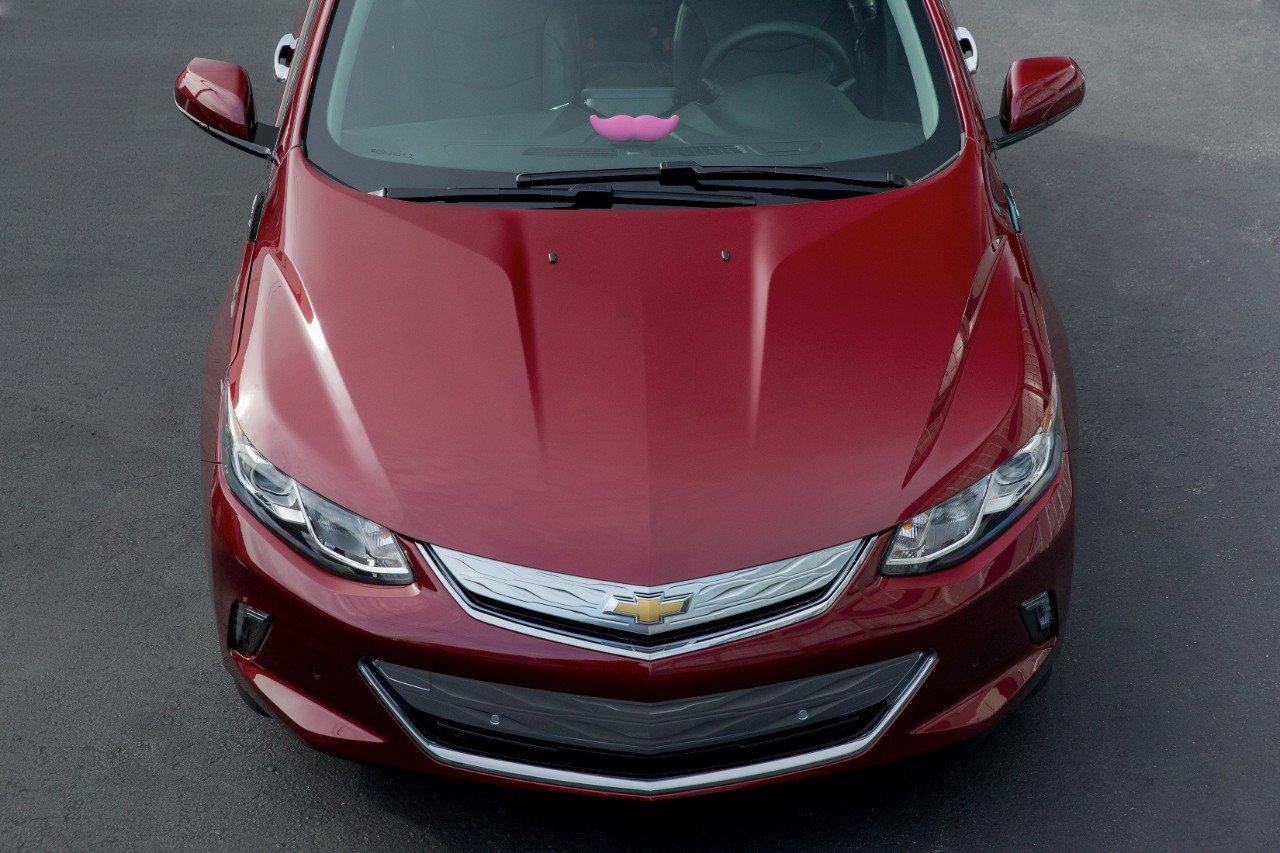
For decades the Big Three automakers were the big dogs on the American landscape, with consumers the proverbial tail. Post World War II, in most of the U.S., you had to have a car, or at least that belief was inculcated in us. Cars were part of our identity, largely because many cities tore out their public transit systems and built sprawling car-centric suburbs. Meanwhile, booming wealth and cheap oil allowed cars to be both a necessity and a luxury.
But now the tail is wagging the dog, or at least these three dogs. A generation ago, if you did not have your driver’s license at 16, you were a loser; today, if you are 26, the odds are high you don’t drive a car, and no one should be surprised if you have not yet bothered to get your license. Driving is increasingly seen as a nuisance and a prohibitive expense. When you’re chatting with someone who tells you “I’m not mobile” via his or her mobile phone, it is now a fact of life, and not a cause for embarrassment. Car-sharing services such as Uber and Lyft, if they are in your community, make living without wheels seamless.
And that is why this week’s agreement between General Motors and Lyft is an important milestone as we witness the definition of car ownership rapidly evolve.
In layperson’s term, the “long-term strategic alliance” between GM and Lyft is a $500 million investment that the auto giant is making in the young car-sharing company. Despite the ongoing tussle with Uber, its larger rival, Lyft is still growing, thanks in part to its deep-pocketed investors and the partnerships it has crafted with companies including Starbucks. Lyft even has an agreement with Shell in a few U.S. cities that allow the company’s drivers to purchase gasoline at a cheaper price.
But this new relationship is about more than car sharing. Both firms are also betting that driverless cars will hit the roads sooner than most of us think. As part of their partnership, both firms will develop a network of on-demand driverless, or “autonomous,” cars — merging GM’s growing research on this front and Lyft’s already established car-sharing technology.
Lyft and GM are also trying to get ahead of the curve when it comes to the definition of ownership. GM says it will provide cars at “hubs” for Lyft drivers who want to drive to make some spare cash, but don’t necessarily own a car. The rest of the agreement drones on about “connectivity” and “mobility,” or in other words, redefining what a car means — from what was once a life-defining purpose, to a service more of us want to access when we want, and where we want.
Jargon aside, what seemed far-fetched just a few years ago, as when Lyft first started business in 2012, has become mainstream, with more changes across the automobile industry coming in the next few years. The Big Three, and their overseas competitors, have long realized that their market, at least here in the U.S., is slowly shrinking. GM, Ford and Fiat-Chrysler are no longer car manufacturers, but also have to become technology and service providers. No amount of marketing, or carpool lanes in congested cities, will stunt this growing trend of consumers wanting cars only at their convenience — and not be burdened by monthly car loan and insurance payments.
The painful lessons of the 1970s and 1980s, when the Big Three had their heads in the sand instead of coping with the influx of cheaper and better imports, have finally been learned. GM and its peers in Detroit have finally recognized that the only way to stave off consumer trends and fierce competition is to get ahead of them, not hope they just disappear.
Otherwise, with the wake of the 2008-2009 bailouts not too long ago, they will.
Image credits: GM

Leon Kaye has written for 3p since 2010 and become executive editor in 2018. His previous work includes writing for the Guardian as well as other online and print publications. In addition, he's worked in sales executive roles within technology and financial research companies, as well as for a public relations firm, for which he consulted with one of the globe’s leading sustainability initiatives. Currently living in Central California, he’s traveled to 70-plus countries and has lived and worked in South Korea, the United Arab Emirates and Uruguay.
Leon’s an alum of Fresno State, the University of Maryland, Baltimore County and the University of Southern California's Marshall Business School. He enjoys traveling abroad as well as exploring California’s Central Coast and the Sierra Nevadas.














